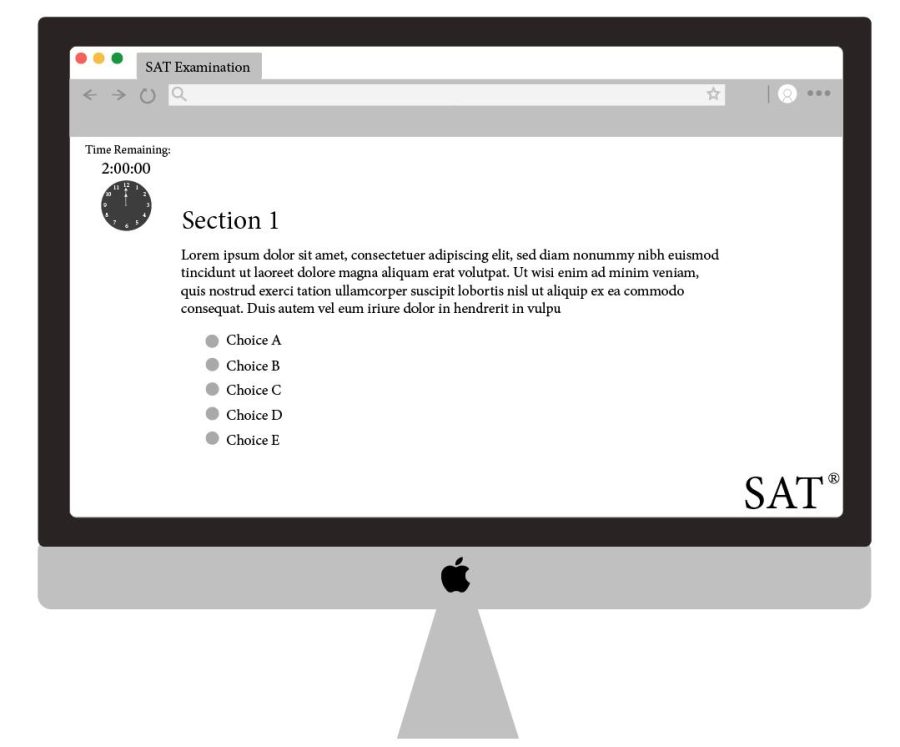Revamped SAT still fails to help disadvantaged students
February 4, 2022
The Scholastic Aptitude Test, better known as the SAT, will no longer require a pencil and paper, but rather will occur in digital form. The adjustments made will be inexplicably transformative for those who are applying to colleges. However, issues that disadvantage students from low-income households remain unaddressed.
The College Board, a nonprofit which administers standardized exams, announced that by 2024, the SAT will be taken on laptops, tablets and other electronic devices.
There have been various changes made to the exam, which has garnered the approval of many, but others still question the efficacy of the process.
The redeveloped exam will take up two hours rather than three, and the reading passages are going to be shorter followed by only one question. The math problems will be less wordy and students will be able to use a calculator for the duration of that section.
“The digital SAT will be easier to take, easier to give, and more relevant,” College Board Vice President Priscilla Rodriguez said, according to NPR.
These changes will be advantageous for many students since the distribution of the exam will be much simpler and the content will be less overbearing.
“I just feel like it’s easier for our generation because we’re so used to using technology,” Kirsten Amemastro, a junior at Potomac High School, said to NPR.
For those who are interested in taking the SAT to demonstrate their academic strengths and effort to colleges and universities, the alterations that were made are going to be extremely accommodating.
Still, the system fails to recognize those who are at a disadvantage and don’t have access to proper instruction.
Due to the COVID-19 pandemic, many higher institutions have decided to go test-optional to make the college application process easier for students.
“The number of SAT test takers declined from 2.2 million high schoolers who graduated in 2020 to 1.5 million in the class of 2021,” College Board said.
As fewer students were taking the exam and schools were growing concerned over shipping and receiving tests, College Board decided to make it more accessible by administering it digitally.
They also listened to peoples’ concerns by making the exam shorter and implementing other minor changes that will be auspicious in the long run.
Nonetheless, students that come from low-income families may not be able to afford the exam or take it several times to improve their scores. Not all students receive a waiver that allows them to take the exam at no cost.
Many individuals likely do not have access to resources such as tutoring or expensive textbooks, which can improves one’s score. As a result, students may feel they are not worthy enough to apply to the colleges that they desire because their peers have an advantage over them.
Those who were able to score well on the exam can put that score on their application to boost their chances of getting into the same college as a student who was at a disadvantage.
Although there have been significant changes that have been made to ameliorate some of the difficulties which students face during exams, we must consider those who are dealing with predicaments that dramatically affect one’s performance.
Therefore, College Board should either provide access to tutoring or completely do away with the SAT exam. It is unfair to distribute a test that supports some students while leaving others to suffer in silence.







